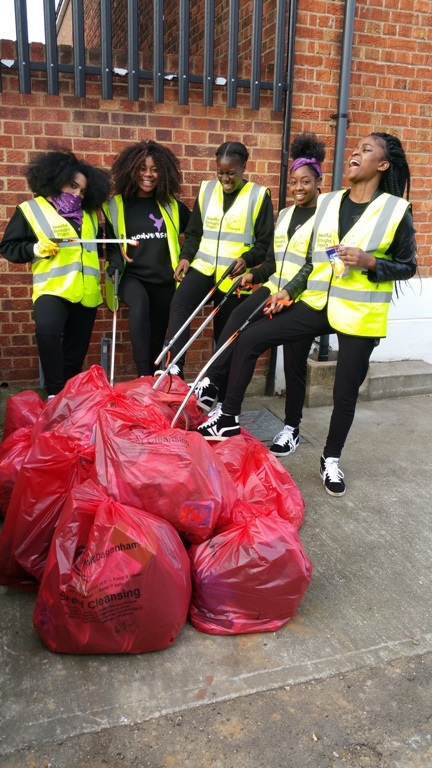Important: Litter can be contaminated, so we have put together some information to help you handle it safely. Please click on this link to have a read through our Health and Safety Guidance before you go out litter-picking.
Important: Litter can be contaminated, so we have put together some information to help you handle it safely. Please click on this link to have a read through our Health and Safety Guidance before you go out litter-picking.
Keep Britain Tidy recently published the results of their Litter Composition Analysis, based on a survey of litter at 3,360 sites across 14 different local authority areas in England. Their main findings were that:
The full report can be found at:
https://www.keepbritaintidy.org/sites/default/files/resources/20200330%20KBT%20Litter%20Composition%20Report%20-%20FINAL.pdf

| Cookie | Duration | Description |
|---|---|---|
| cookielawinfo-checbox-analytics | 11 months | This cookie is set by GDPR Cookie Consent plugin. The cookie is used to store the user consent for the cookies in the category "Analytics". |
| cookielawinfo-checbox-functional | 11 months | The cookie is set by GDPR cookie consent to record the user consent for the cookies in the category "Functional". |
| cookielawinfo-checbox-others | 11 months | This cookie is set by GDPR Cookie Consent plugin. The cookie is used to store the user consent for the cookies in the category "Other. |
| cookielawinfo-checkbox-necessary | 11 months | This cookie is set by GDPR Cookie Consent plugin. The cookies is used to store the user consent for the cookies in the category "Necessary". |
| cookielawinfo-checkbox-performance | 11 months | This cookie is set by GDPR Cookie Consent plugin. The cookie is used to store the user consent for the cookies in the category "Performance". |
| viewed_cookie_policy | 11 months | The cookie is set by the GDPR Cookie Consent plugin and is used to store whether or not user has consented to the use of cookies. It does not store any personal data. |